my travel journal
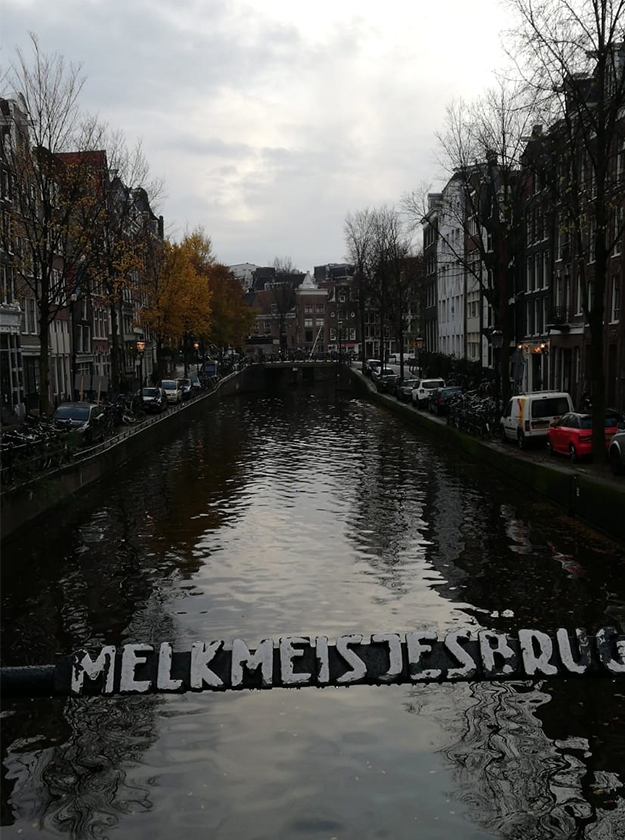
Amsterdam
Amsterdam is the capital and most populous city of the Netherlands; with a population of 907,976 within the city proper, 1,558,755 in the urban area and 2,480,394 in the metropolitan area. Found within the Dutch province of North Holland, Amsterdam is colloquially referred to as the 'Venice of the North', due to the large number of canals which form a UNESCO World Heritage Site
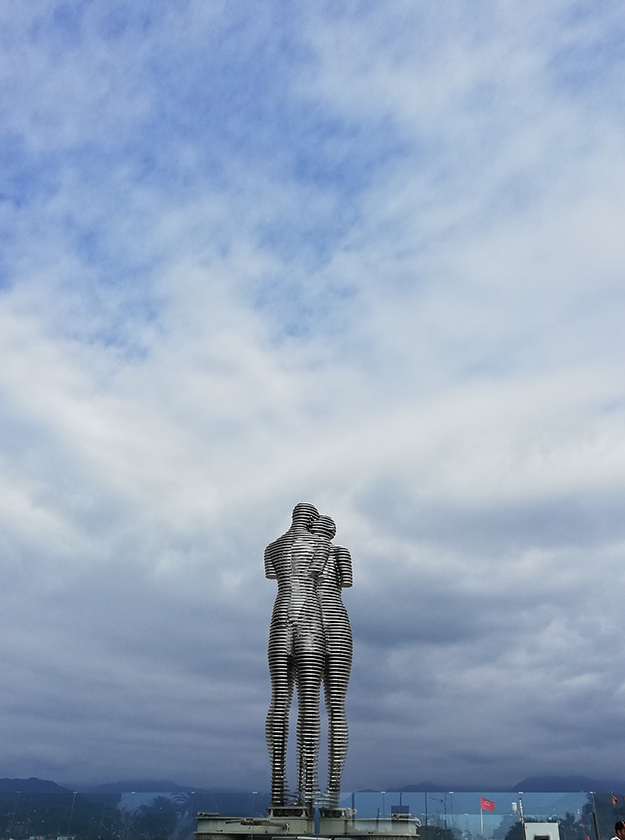
Batumi
Batumi is the second largest city of Georgia and the capital of the Autonomous Republic of Adjara, located on the coast of the Black Sea in Georgia's southwest. It is situated in a subtropical zone at the foot of the Caucasus. Much of Batumi's economy revolves around tourism and gambling (it is nicknamed 'The Las Vegas of the Black Sea'), but the city is also an important seaport and includes industries like shipbuilding, food processing and light manufacturing. Since 2010, Batumi has been transformed by the construction of modern high-rise buildings, as well as the restoration of classical 19th-century edifices lining its historic Old Town.
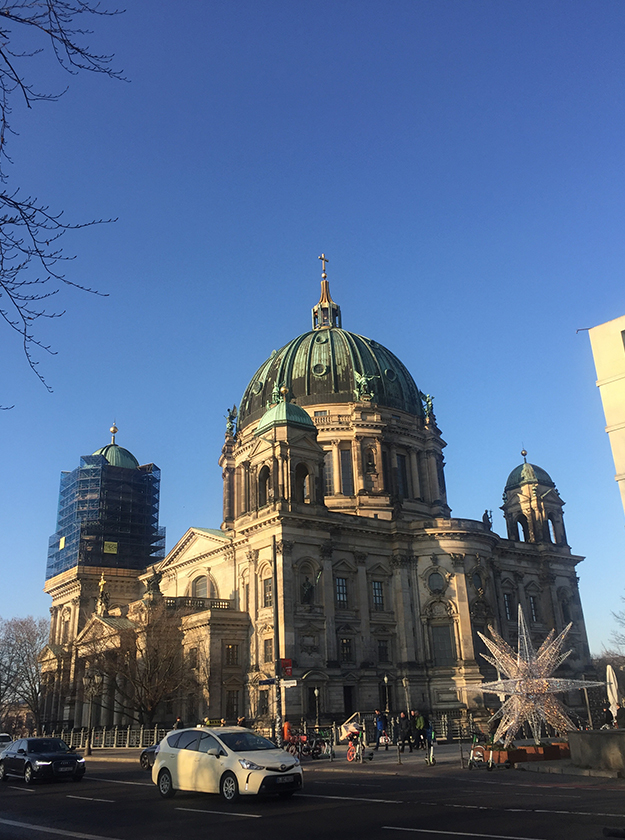
Berlin
Berlin is the capital and largest city of Germany by both area and population. Its 3.7 million inhabitants make it the European Union's most populous city, according to population within city limits. One of Germany's sixteen constituent states, Berlin is surrounded by the State of Brandenburg and contiguous with Potsdam, Brandenburg's capital. Berlin's urban area, which has a population of around 4.5 million, is the second most populous urban area in Germany after the Ruhr. The Berlin-Brandenburg capital region has around 6.2 million inhabitants and is Germany's third-largest metropolitan region after the Rhine-Ruhr and Rhine-Main regions. There has been an unsuccessful attempt to unify both states in 1996 and the states cooperate on many matters to this day.
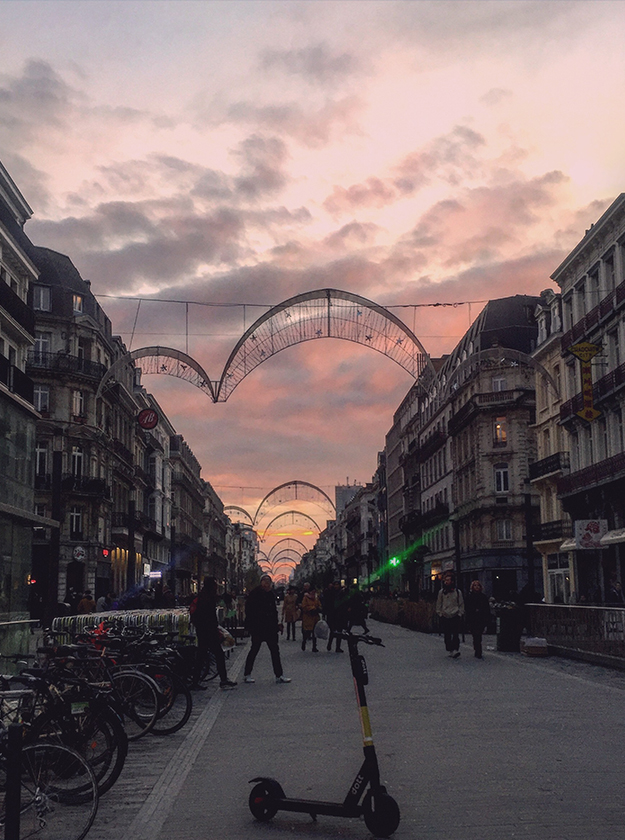
Brussel
Brussels is a region of Belgium comprising 19 municipalities, including the City of Brussels, which is the capital of Belgium. The Brussels-Capital Region is located in the central portion of the country and is a part of both the French Community of Belgium and the Flemish Community, but is separate from the Flemish Region (within which it forms an enclave) and the Walloon Region. Brussels is the most densely populated and the richest region in Belgium in terms of GDP per capita. It covers 162 km2, a relatively small area compared to the two other regions, and has a population of over 1.2 million. The five times larger metropolitan area of Brussels comprises over 2.5 million people, which makes it the largest in Belgium. It is also part of a large conurbation extending towards Ghent, Antwerp, Leuven and Walloon Brabant, home to over 5 million people.
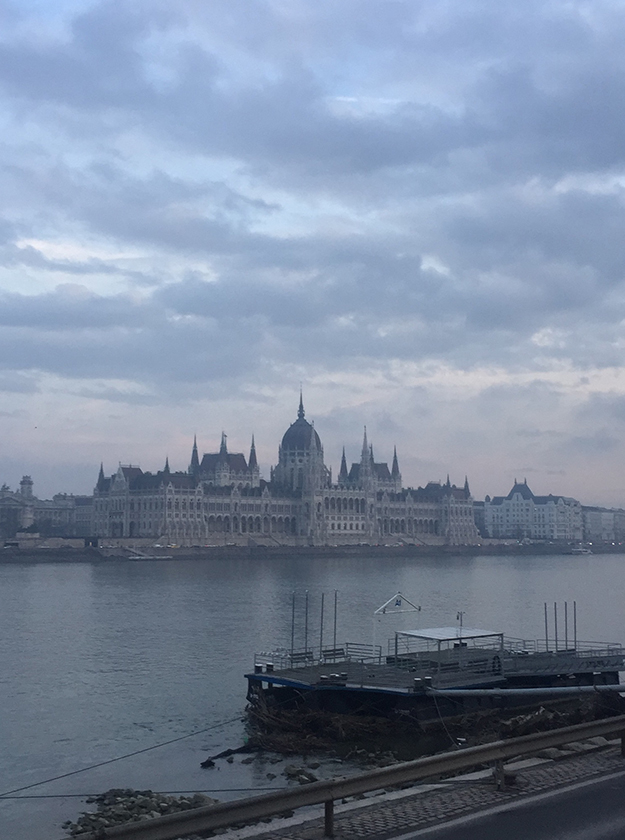
Budapest
Budapest is the capital and most populous city of Hungary. It is the ninth-largest city in the European Union by population within city limits; the city has an estimated population of 1,752,286 over a land area of about 525 square kilometres (203 square miles). Budapest, which is both a city and county, forms the centre of the Budapest metropolitan area, which has an area of 7,626 square kilometres (2,944 square miles) and a population of 3,303,786, comprising 33% of the population of Hungary.
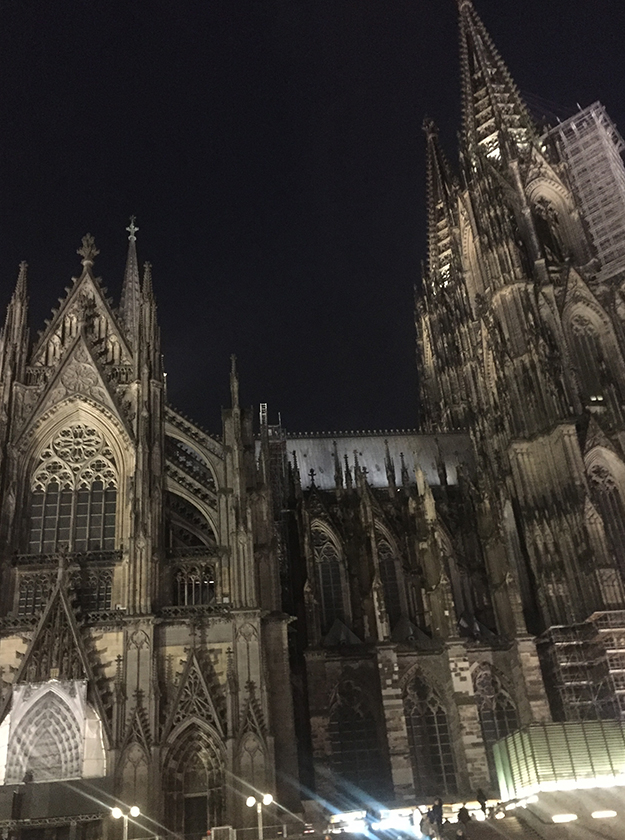
Cologne
Cologne is the largest city of Germany's most populous state of North Rhine-Westphalia (NRW) and the fourth-most populous city and one of the oldest in Germany. With 3.6 million people in the urban region and 1.1 million inhabitants within its city proper, Cologne is the largest city on the river Rhine and also the most populous city of both the Rhine-Ruhr Metropolitan Region and the Rhineland. Centered on the left (west) bank of the Rhine, Cologne is about 35 km southeast of NRW's state capital Düsseldorf and 25 km northwest of Bonn.
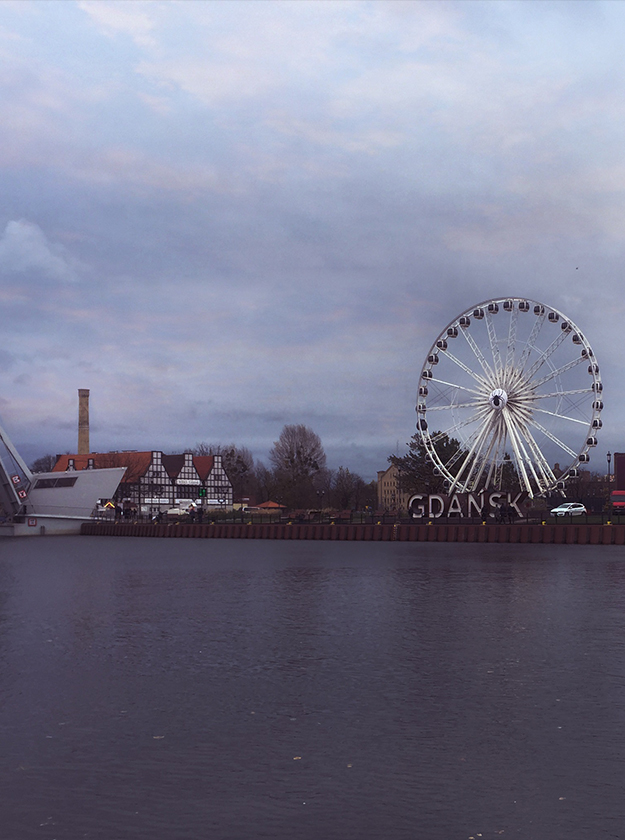
Gdansk
Gdańsk is a city on the Baltic coast of northern Poland. With a population of 470,805, Gdańsk is the capital and largest city of the Pomeranian Voivodeship and the most prominent city in the geographical region of Pomerania. It is Poland's principal seaport and the country's fourth-largest metropolitan area.
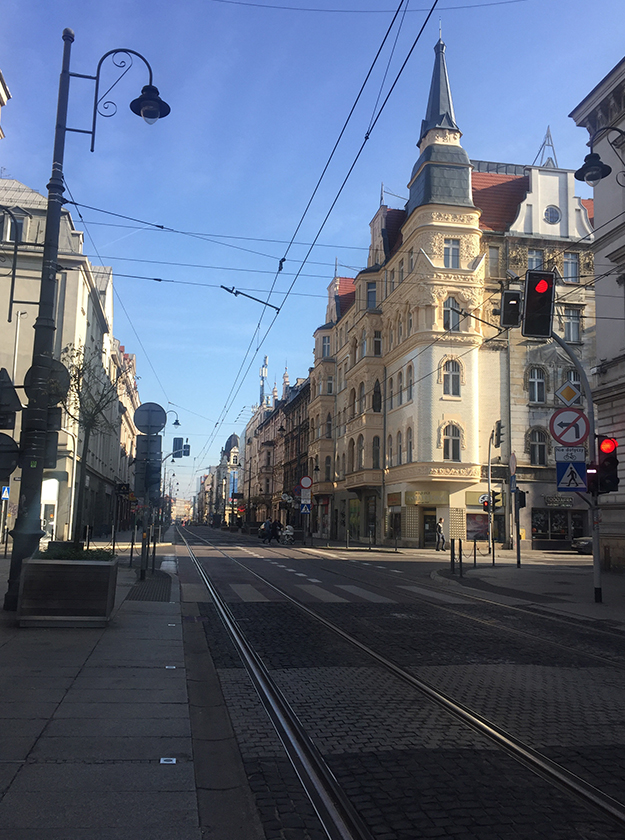
Katowice
Katowice is the capital city of the Silesian Voivodeship in southern Poland, and the central city of the Upper Silesian metropolitan area. It is the 11th-most populous city in Poland, while its urban area is the most populous in the country and one of the most populous in the EU.
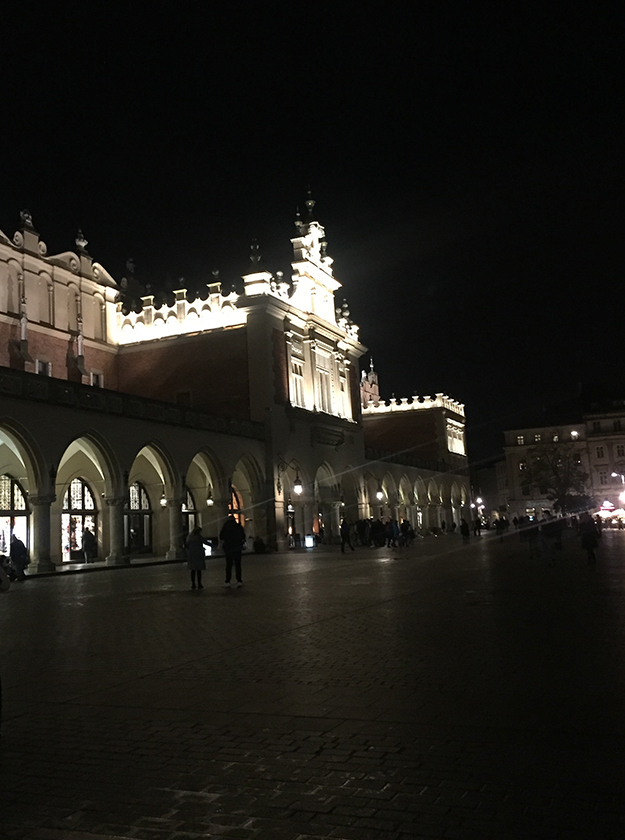
Krakow
Krakow is the second-largest and one of the oldest cities in Poland. Situated on the Vistula River in Lesser Poland Voivodeship, the city dates back to the seventh century. Krakow was the official capital of Poland until 1596 and has traditionally been one of the leading centres of Polish academic, economic, cultural and artistic life. Cited as one of Europe's most beautiful cities, its Old Town with Wawel Royal Castle was declared the first UNESCO World Heritage Site in the world.
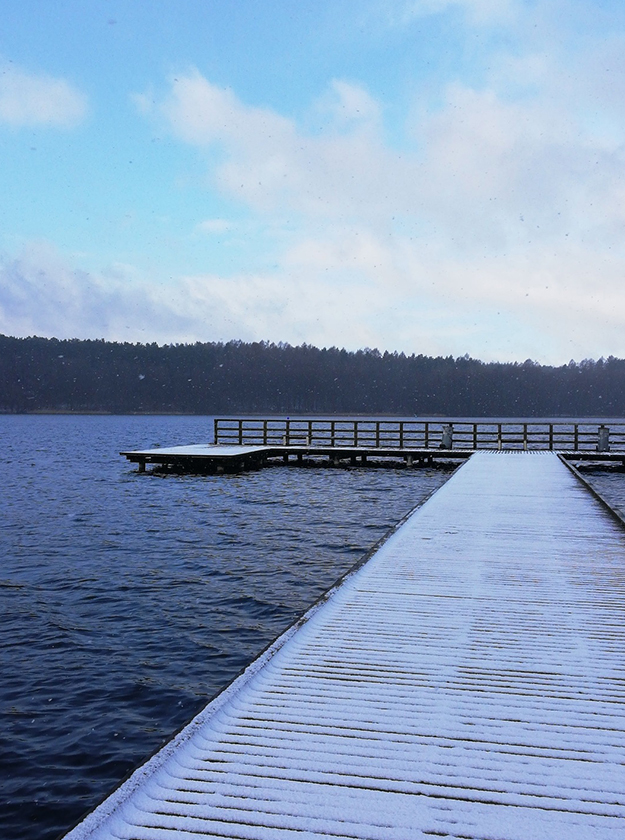
Olsztyn
Olsztyn is the largest city in Warmia, and has been the capital of the voivodeship since 1999. In the same year, the University of Warmia and Masuria was founded from the fusion of three other local universities. Today, the Castle of Warmian Cathedral Chapter houses a museum and is a venue for concerts, art exhibitions, film shows and other cultural events, which make Olsztyn a popular tourist destination.
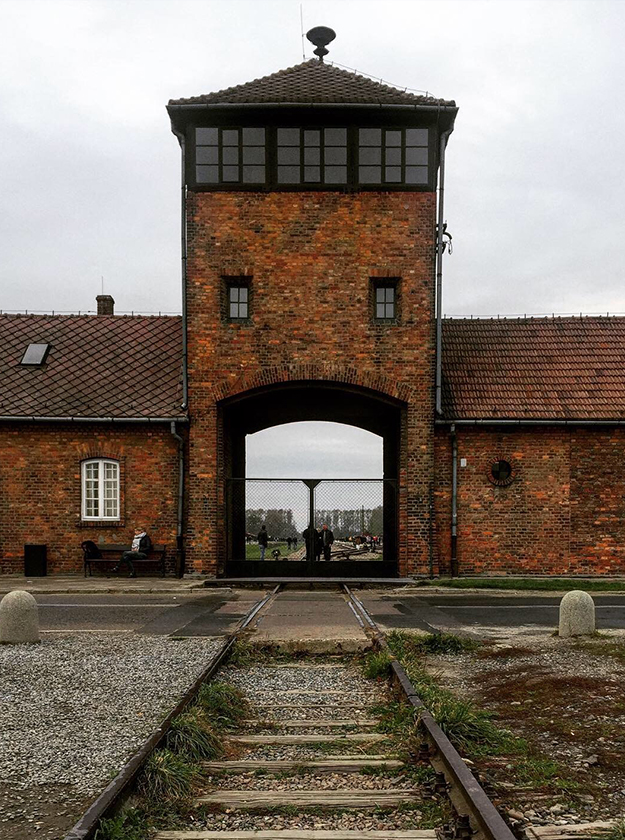
Oswiecim
Oswiecim is a town in the Lesser Poland province of southern Poland, situated 50 kilometres west of Krakow, near the confluence of the Vistula and Soła rivers. The town is known internationally for being the site of the Auschwitz concentration camp (the camp is also known as KL or KZ Auschwitz Birkenau) during World War II, when Poland was occupied by Nazi Germany.
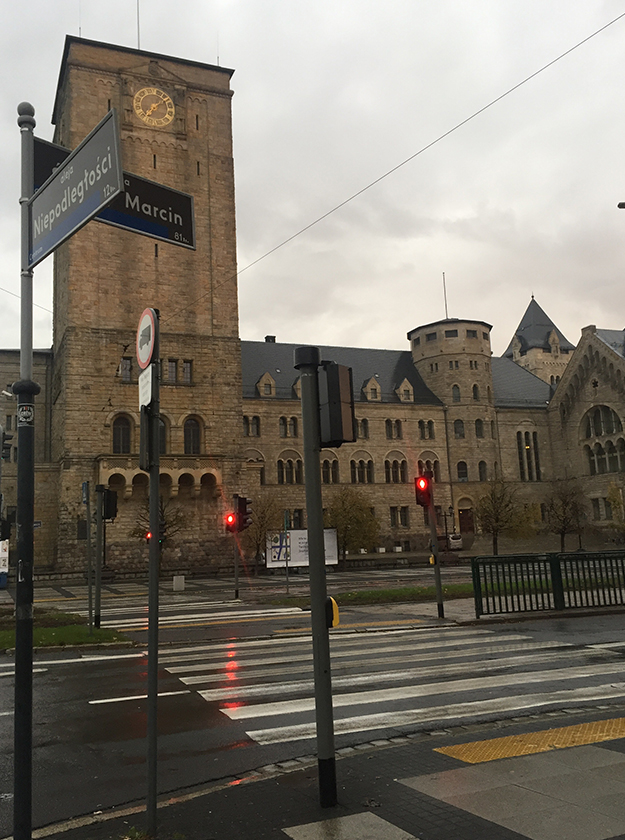
Poznan
Poznan is a city on the River Warta in west-central Poland, within the Greater Poland region. The city is an important cultural and business centre, and one of Poland's most populous regions with many regional customs such as Saint John's Fair, traditional Saint Martin's croissants and a local dialect. Among its most important heritage sites are the Renaissance Old Town, Town Hall and Gothic Cathedral.
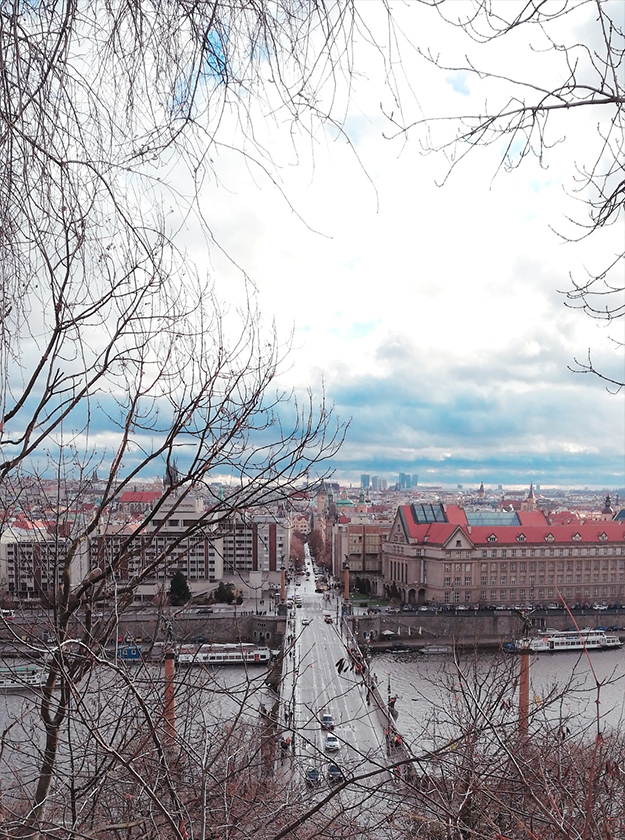
Prague
Prague is the capital and largest city in the Czech Republic, and the historical capital of Bohemia. On the Vltava river, Prague is home to about 1.3 million people. The city has a temperate oceanic climate, with relatively warm summers and chilly winters. The city has more than ten major museums, along with numerous theaters, galleries, cinemas, and other historical exhibits. An extensive modern public transportation system connects the city.
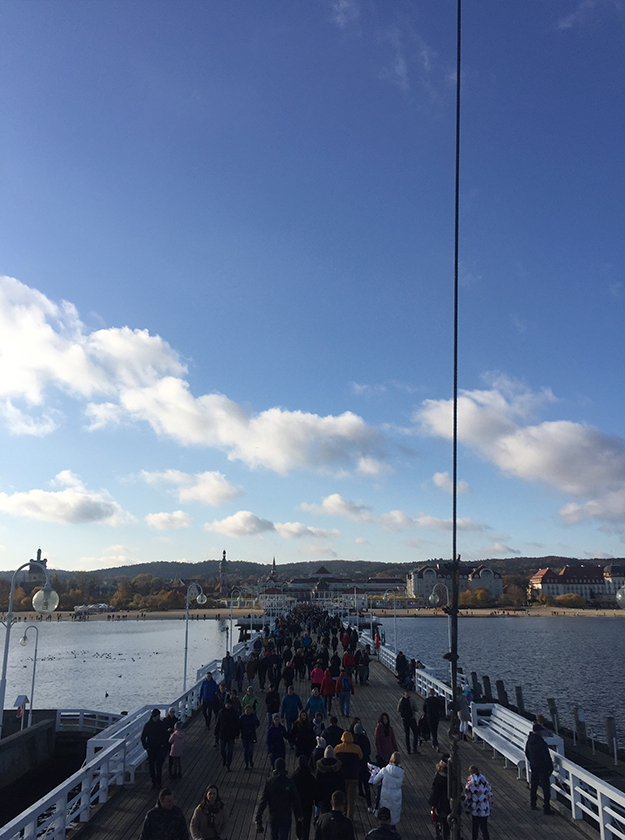
Sopot
Sopot is a seaside resort city in Pomerelia on the southern coast of the Baltic Sea in northern Poland, with a population of approximately 40,000. It is located in Pomeranian Voivodeship, and has the status of the county, being the smallest city in Poland to do so. Sopot is a major health-spa and tourist resort destination. It has the longest wooden pier in Europe, at 515.5 metres, stretching out into the Bay of Gdańsk. The city is also famous for its Sopot International Song Festival, the largest such event in Europe after the Eurovision Song Contest. Among its other attractions is a fountain of bromide spring water, known as the 'inhalation mushroom'.

Stockholm
Stockholm is the capital and largest city of Sweden as well as the largest urban area in Scandinavia. Approximately 980,000 people live in the municipality, with 1.6 million in the urban area, and 2.4 million in the metropolitan area. The city stretches across fourteen islands where Lake Mälaren flows into the Baltic Sea. Outside the city to the east, and along the coast, is the island chain of the Stockholm archipelago. The area has been settled since the Stone Age, in the 6th millennium BC, and was founded as a city in 1252 by Swedish statesman Birger Jarl. It is also the county seat of Stockholm County and for several hundred years was the capital of Finland as well which then was a part of Sweden.
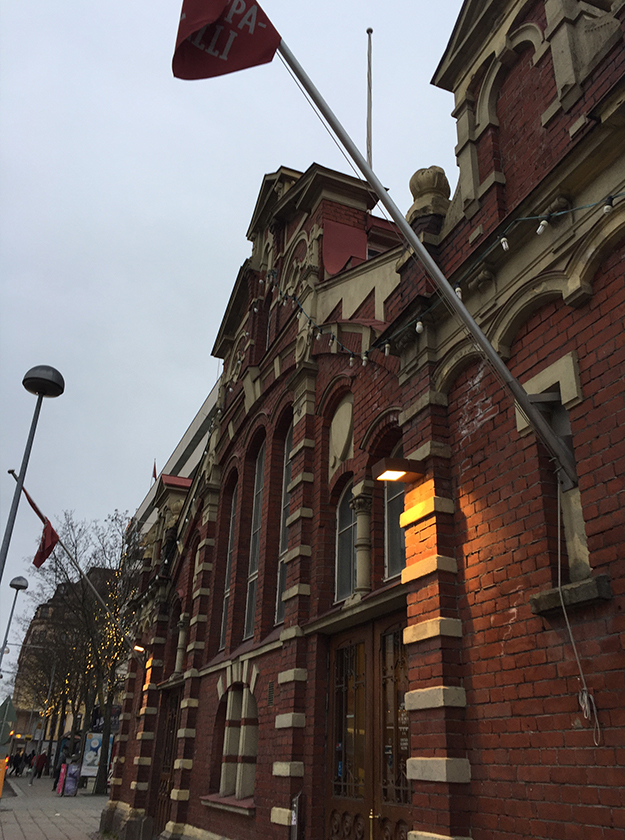
Turku
Turku is a city and former capital on the southwest coast of Finland at the mouth of the Aura River, in the region of Finland Proper (Varsinais-Suomi) and the former Turku and Pori Province. The region was originally called Suomi, which later became the name for the whole country. As of 31 March 2021, the population of Turku was 194,244 making it the sixth largest city in Finland after Helsinki, Espoo, Tampere, Vantaa and Oulu. There were 281,108 inhabitants living in the Turku Central Locality, ranking it as the third largest urban area in Finland after the Capital Region area and Tampere Central Locality. The city is officially bilingual as 5.2 percent of its population identify Swedish as a mother-tongue.
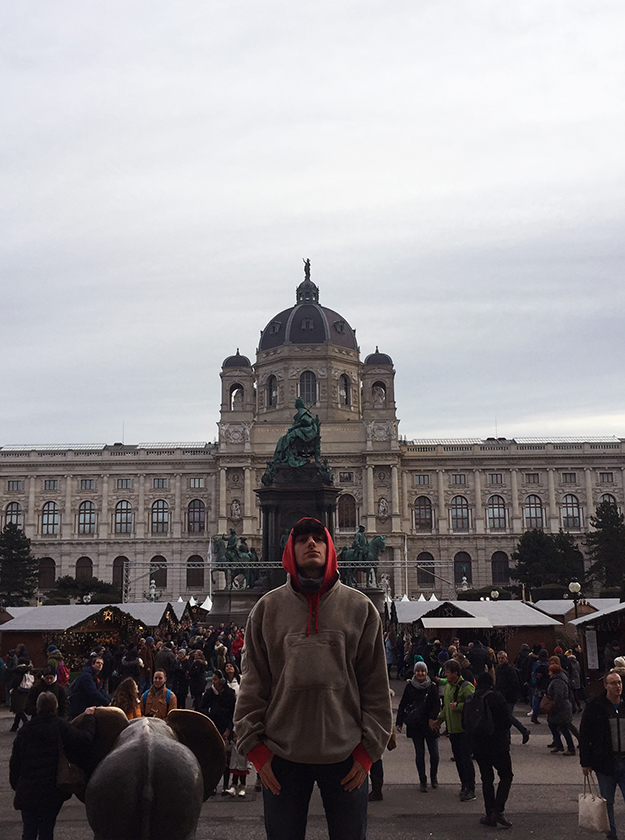
Vienna
Vienna is the national capital, largest city, and one of nine states of Austria. Vienna is Austria's most populous city, with about 2 million inhabitants (2.6 million within the metropolitan area, nearly one third of the country's population), and its cultural, economic, and political center. It is the 6th-largest city by population within city limits in the European Union.
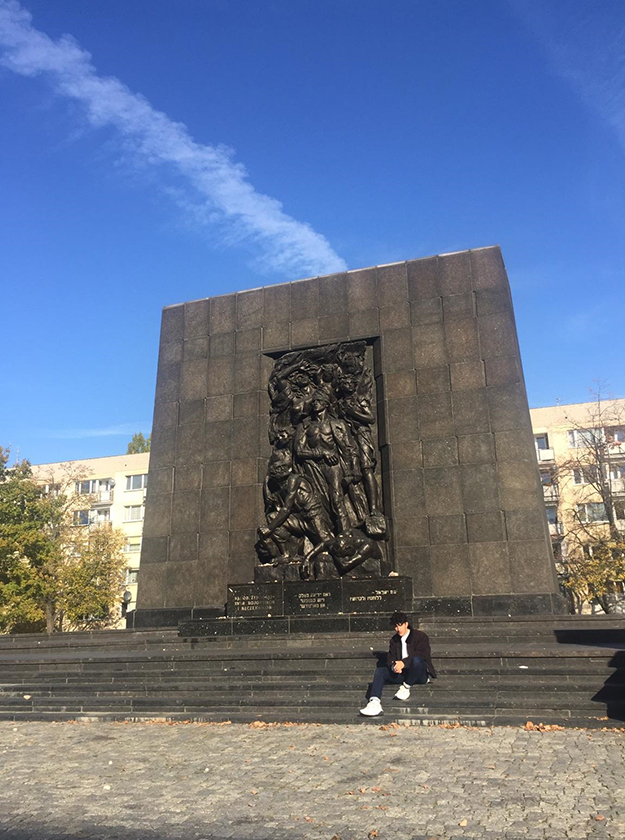
Warsaw
Warsaw is the capital and largest city of Poland. The metropolis stands on the River Vistula in east-central Poland and its population is officially estimated at 1.8 million residents within a greater metropolitan area of 3.1 million residents, which makes Warsaw the 7th most-populous capital city in the European Union. The city area measures 517 km2 and comprises 18 boroughs, while the metropolitan area covers 6,100 km2. Warsaw is an alpha− global city, a major cultural, political and economic hub, and the country's seat of government. Its historical Old Town was designated a UNESCO World Heritage Site.
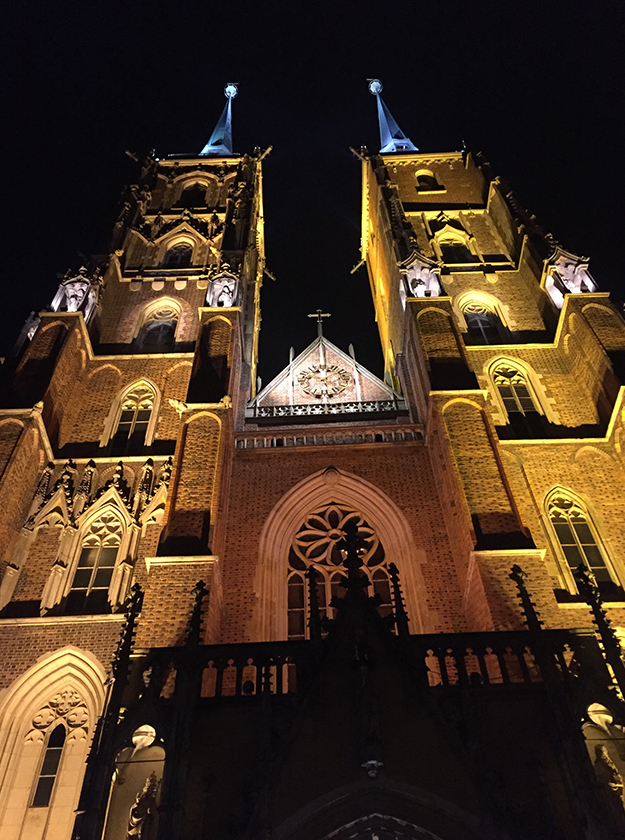
Wroclaw
Wroclaw is a city in southwestern Poland and the largest city in the historical region of Silesia. It lies on the banks of the River Oder in the Silesian Lowlands of Central Europe, roughly 350 kilometres from the Baltic Sea to the north and 40 kilometres from the Sudeten Mountains to the south. The official population of Wroclaw in 2020 was 641,928, with a further 1.25 million residing in the metropolitan area, making it the fourth largest city in Poland. Wroclaw is a university city with a student population of over 130,000, making it arguably one of the most youth-oriented cities in the country. Since the beginning of the 20th century, the University of Wroclaw, previously Breslau University, has produced nine Nobel Prize laureates and is renowned for its high quality of teaching.